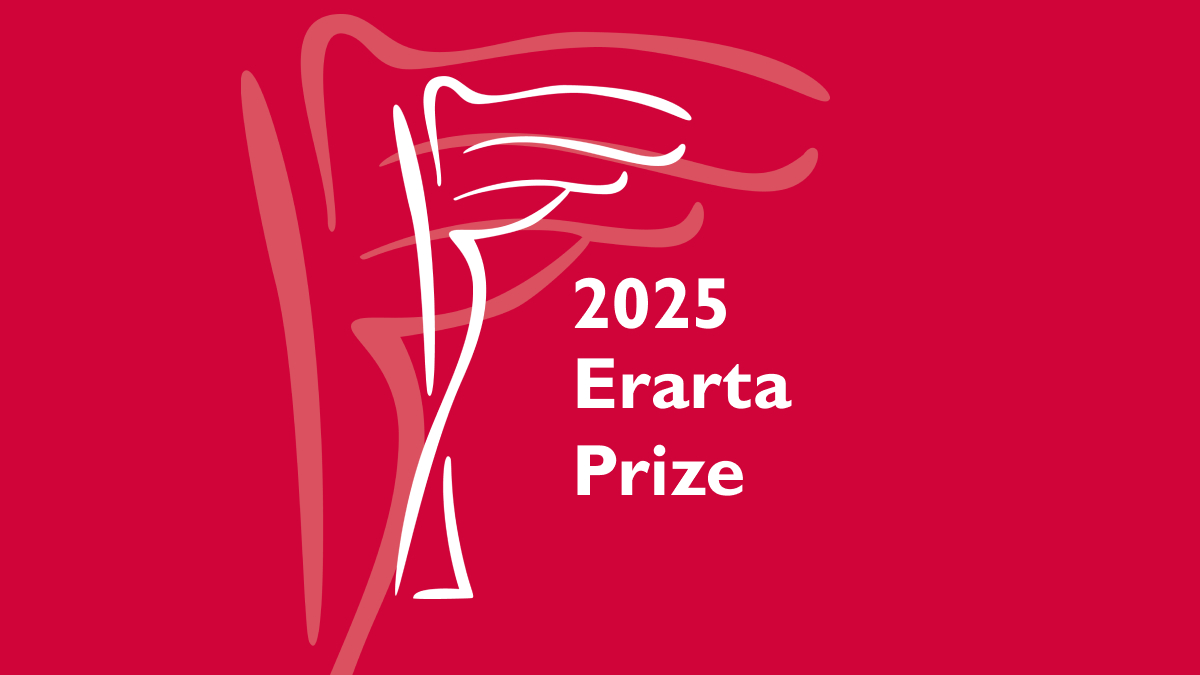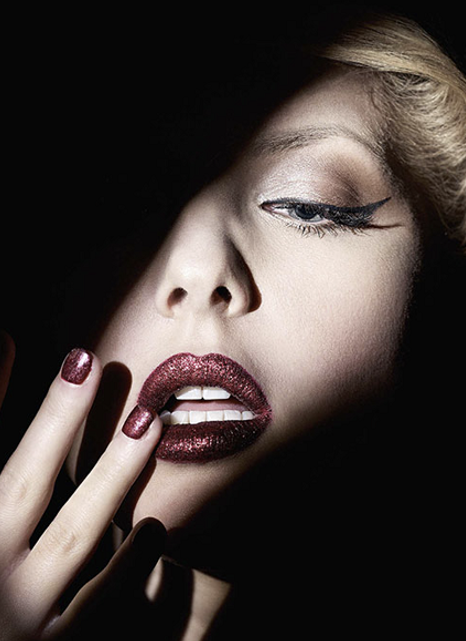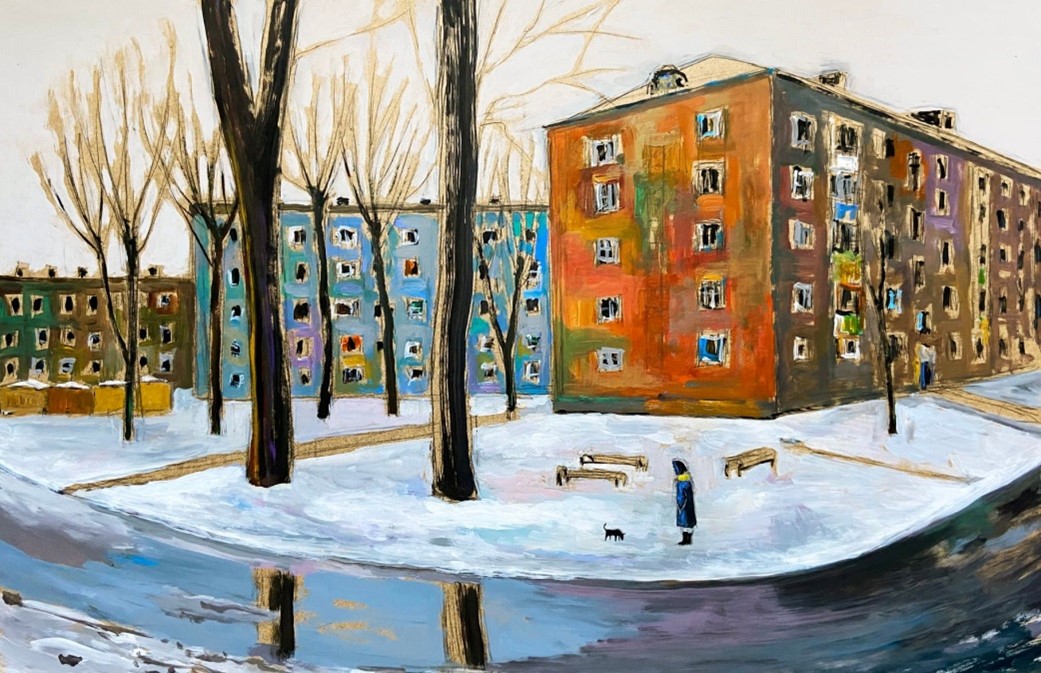Erarta Museum presented an exhibition by the informal artist collective Creative Things Studio
-
Art-synergy as an unconventional artistic method
-
Symbolic images co-created by the Artist and the Viewer
-
Sculptures that spark the imagination and prompt associative flows
A symbol is the ultimate form of artistic expression. Unlike an allegory or an emblem, it cannot be created deliberately. In order to become a symbol, an artwork must contain something inexpressible and yet anticipated that can be revealed and become obvious only through active perception.
This approach to generating symbols forms the basis of the artistic practice for the Creative Things Studio collective. Art-synergy as a concept envisions a joint creative act by the Artist and the Viewer at the point of inception of the artistic symbol.
The artist who initiates the creative process thereby constructs a ‘controversial’ situation, an ambiguous sign. From the logical point of view, it provides no ultimate interpretation: one meaning will always contradict the other. However, dialectic or creative thinking allows for the existence of such an object (or situation) in which this controversy is eliminated and its meanings cease to be viewed as mutually exclusive opposites. This object makes up the artistic symbol.
It is born in the mind of the Viewer, since the only way to contain, balance, and organise two absolutely different interpretations of the same thing is by synthesising the various associations (of conceptual, emotional, causal or other nature). The creative search for different combinations of these multiple associations stimulates the viewer’s imagination to form the artistic symbol, thus finalising the process of creation.
For instance, the concept behind the Column Boot, when scrutinised by the viewer, gradually opens up to reveal a variety of meanings/symbols, including sustainable development, cultural expansion, heritage of the antiquity, architectural history, and cultural tourism. The same holds for the other products of art-synergy: the Ship’s Wheel Man sculpture can symbolise leadership and self-governance, while the Anchor Woman can equally stand for expectation, mothering care, and female emancipation.








